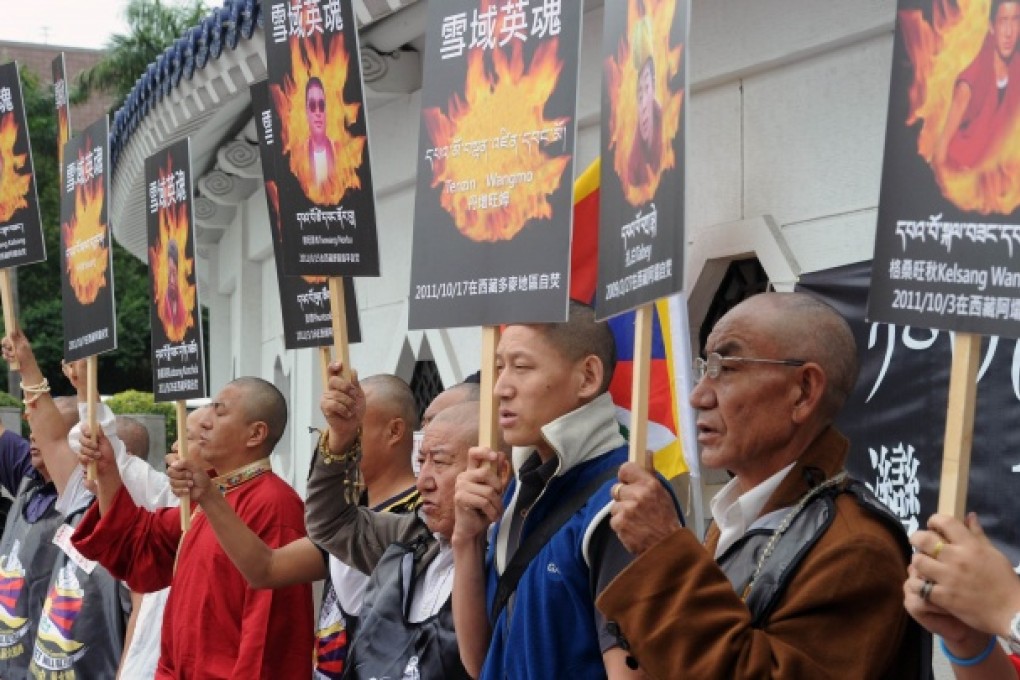Self-immolation loses its power as a means of protest
Andrew Lam says the world has become cynical about fiery suicides

Self-immolation isn't what it used to be. This ultimate form of protest became global news in 1963 when Thich Quang Duc set himself ablaze in the middle of Saigon, protesting against religious oppression. Doused in petrol, the venerable monk sat serenely in the lotus position and lit a match. A bird of paradise thus bloomed, and quickly charred his body.
The image captured by photographer Malcolm Browne became an icon of the Vietnam war era. The term "self-immolation", in fact, entered into common usage after the monk's death, which led to a coup d'etat that toppled the oppressively pro-Catholic Ngo Dinh Diem regime.
A profound act of public death cannot hope to sway a world in which horror itself has lost its power
Half a century later, to die by self-immolation registers little more than a media blip. Since 2009, some 117 Tibetans have set themselves ablaze in a series of protests against Chinese rule.
Indeed, with the exception of Mohamed Bouazizi, the Tunisian fruit seller whose death sparked what became known as the Arab spring, self-immolation has by all accounts become a failed form of protest as an agent of change.
Whether in Syria or Palestine, Greece, Italy or Vietnam, individuals continue to die in this way as crowds look on. Since Bouazizi, in fact, around 150 Tunisians are reported to have self-immolated in protest against the new government.
"All the Tibetans who resort to self-immolation do so because they feel they have no other way to make China and the rest of the world listen to their country's call for freedom," said Eleanor Byrne-Rosengren, director of the London-based advocacy group Free Tibet. But China has turned a deaf ear to their cries, while the world media has averted its eyes.
Aristotle observed that the plot of a tragedy should be so framed that, even without witnessing the events, simply hearing of them should fill one with "horror and pity". But the amphitheatre of the 21st century has been scattered and fragmented into a multitude of media platforms.